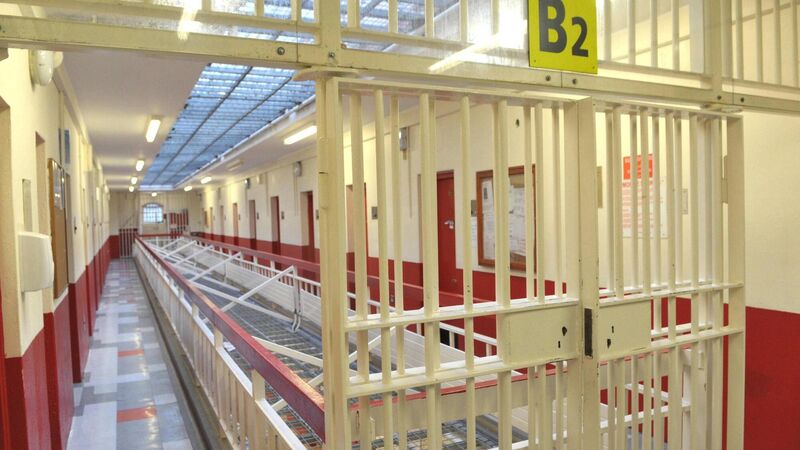Large section of prisoners seek to be locked in cell for up to 23 hours a day

The number of prisoners requesting a ‘restricted regime’ reflects levels of danger in prisons.
One in seven prisoners have requested to be locked up in their cell for the vast bulk of the day to protect themselves, a new report shows.
The proportion has increased in recent years and compares to one in nine inmates four years ago.
The Irish Penal Reform Trust (IPRT) said the extent to which prisoners have requested a ‘restricted regime’ – meaning they stay inside their cell from anywhere between 19 and 23 hours a day – reflects the levels of danger in prisons.
There were 513 people who requested, and got, protection, on average every day in 2021 – representing 14% of the total daily population.
This compared to 425 inmates, on average, in 2017, which represented 11% of the daily population then.
It has been reported over the years that many prisoners seek protection because of their involvement in gang feuds or links to those involved in them, or because of drug debts or intimidation.
“The large proportion of prisoners being restricted under Rule 63 [of the Prison Rules] at their own request speaks to the overall experience of safety and wellbeing in the general prison environment," the IRPT said.
“Further research is required to understand why such a large proportion of the prison population feel so unsafe in prison that they choose to have their regimes restricted, particularly given the known harmful effects of extensively restricting human contact.”
It said the Irish Prison Service had committed to ensuring that all prisoners on restricted regime spend a minimum of two hours out-of-cell per day to engage in exercise or activity.
The report said that while more up-to-date research on the prevalence of mental health issues among prisoners on entry to prison (both remand and sentenced) was required, Irish studies had highlighted that as many as 20% of male committals and 32% of female committals needed to be seen by a psychiatrist.
It said a more recent study found that current data, while incomplete, suggested that the prevalence of people in prison with severe mental illness was four times that of the general population.
The report said there was evidence of “consistently long waiting lists” for transfer to the Central Mental Hospital (CMH), as well as waiting lists for in-prison psychology services.
It said there was little publicly available information on the number of people being diverted away from prison.
It said figures from the CMH-run Prison In-Reach and Court Liaison Service (PICLS) showed that between 2018 and 2019, there was some progress in the use of diversion, with an approximate 11% increase in the number of diversions arranged between Cloverhill Prison and community treatment by PICLS (from 106 diversions to 118 diversions).
These numbers were significantly lower last year, with only 43 diversions to community treatment at the end of November 2021.
It said that from 2017 to 2020, there was a constant waiting list of between 18 and 34 people awaiting transfer to the CMH.
It said that, in 2019, the average waiting time for the CMH was 121 days (ranging from 7 to 504 days).
The report said there were only two operational High Support Units (HSUs) in Ireland, one in Cloverhill and one in Mountjoy, with an additional ‘Vulnerable Prisoners Unit’ in Cork Prison.
It said an international inspection highlighted a number of issues with these HSUs, including a lack of purposeful activity, limited or no access to occupational therapy, individual or group psychotherapy or recreational therapy, with “only pharmacotherapy” provided.








